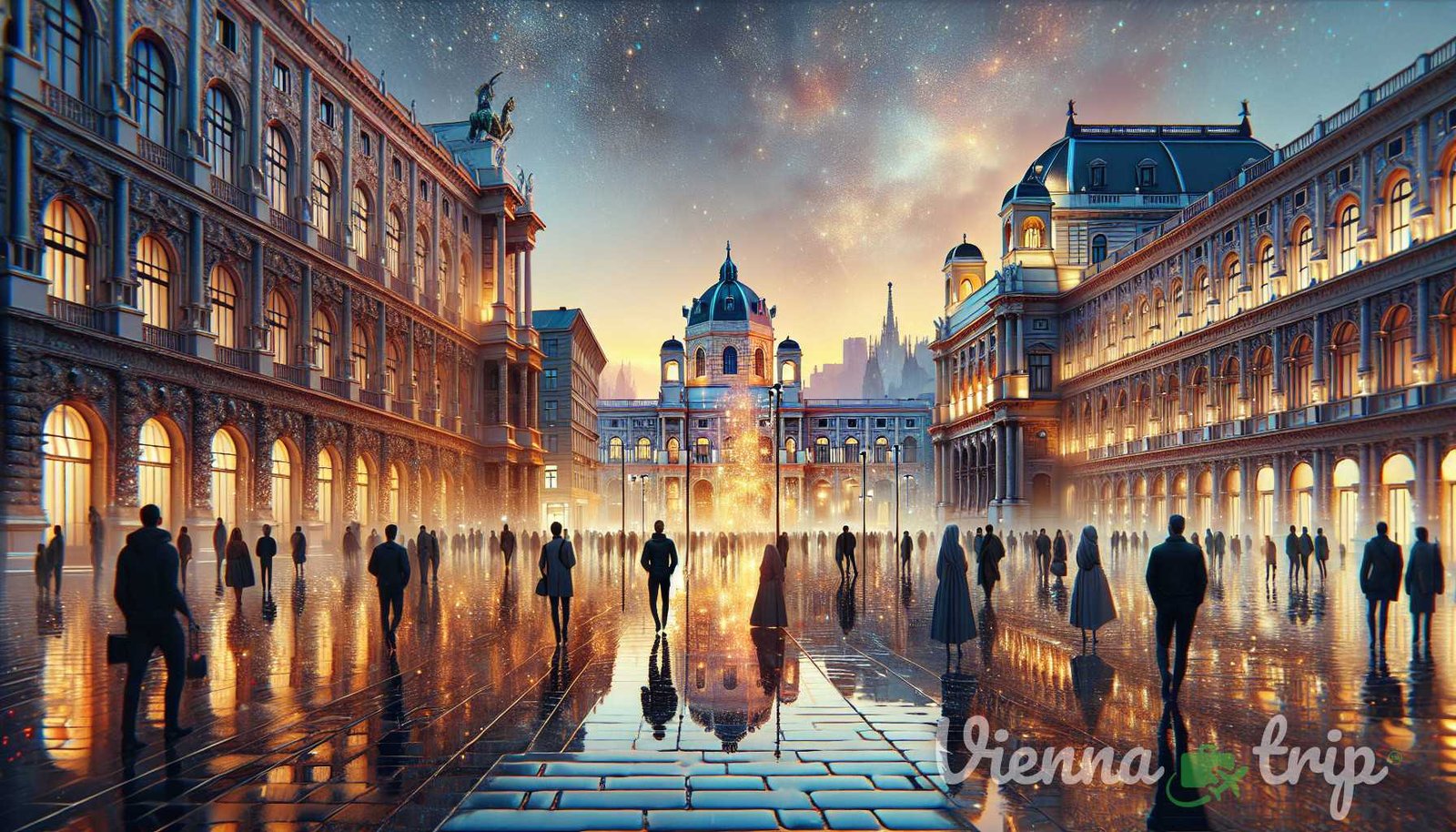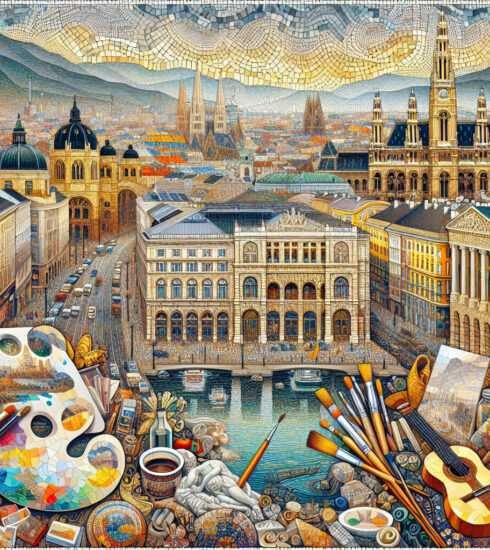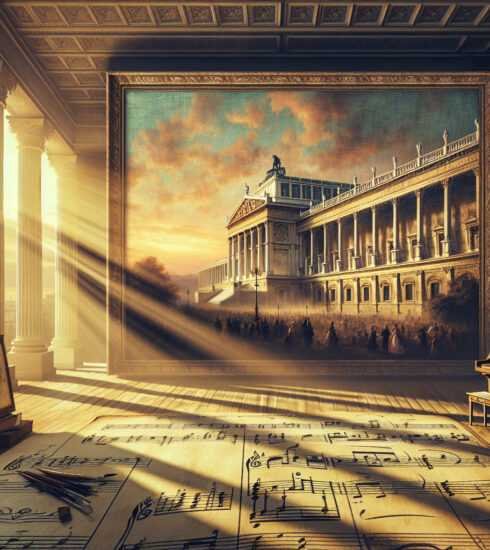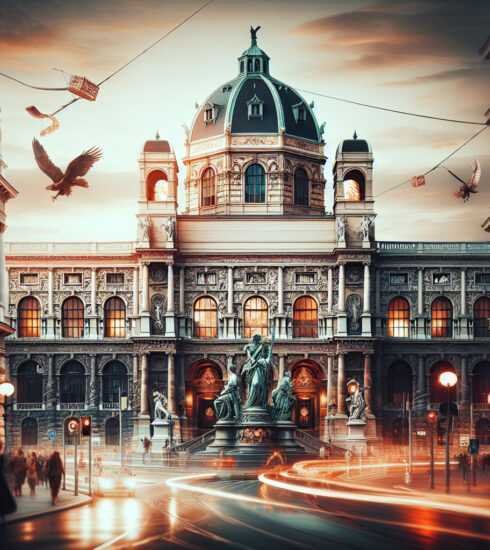Uncover Viennas Artistic Resurgence: An Inspiring Journey into the Citys Revitalized Creative Culture
Vienna’s Artistic Resurgence: A Journey through the City’s Revitalized Creative Culture
Vienna, the capital of Austria, has always been known for its rich artistic heritage and cultural traditions. From the works of renowned composers such as Mozart and Beethoven to the stunning architecture of the Imperial Palace and St. Stephen’s Cathedral, Vienna has long been a haven for art lovers and enthusiasts. In recent years, however, the city has experienced a vibrant renaissance in its artistic scene, with a wave of new galleries, exhibitions, and cultural initiatives transforming Vienna into a thriving hub for contemporary art and creativity. In this article, we will take you on a journey through Vienna’s revitalized creative culture, exploring the key players, events, and spaces that have contributed to the city’s artistic resurgence.
The Rise of Contemporary Art
Vienna’s contemporary art scene has gained significant momentum in recent years, attracting both local and international artists, collectors, and enthusiasts. This resurgence can be attributed to a variety of factors, including government initiatives, increased funding for the arts, and the rise of independent art spaces and galleries. One of the key players in this revitalization is the Vienna Secession, an association of artists formed in 1897 with the aim of promoting innovative and progressive art. The Secession building, designed by architect Joseph Maria Olbrich, has become an iconic symbol of Vienna’s artistic spirit and serves as a platform for contemporary art exhibitions and events.
In addition to the Vienna Secession, several other institutions have played a crucial role in shaping Vienna’s contemporary art scene. The Belvedere Museum, for example, houses an extensive collection of Austrian art from the Middle Ages to the present day, with a strong focus on contemporary works. The museum regularly hosts exhibitions that showcase the work of emerging artists, providing them with a platform to reach a wider audience.
Another key institution is the Museum of Contemporary Art, known as MUMOK, which houses one of the largest collections of contemporary art in Central Europe. With over 10,000 works by artists such as Andy Warhol, Pablo Picasso, and Gerhard Richter, MUMOK has become a must-visit destination for art lovers in Vienna. The museum also hosts temporary exhibitions that explore various themes and art movements, further enriching the city’s artistic landscape.
Alongside these established institutions, Vienna’s art scene is also driven by a network of independent galleries and project spaces that provide a platform for emerging artists. These spaces, such as the Kunsthalle Wien, the Secession Project Space, and the Charim Gallery, showcase a diverse range of contemporary art practices, including painting, sculpture, photography, video art, and performance.
The Emergence of Art Districts
One of the most significant developments in Vienna’s artistic resurgence is the emergence of art districts that bring together various galleries, studios, and cultural venues in a concentrated area. These districts serve as creative hubs, fostering collaboration and interaction between artists, curators, and the public. One such district is the Freihausviertel, located in the 4th district of Vienna. This neighborhood is home to a vibrant mix of contemporary art galleries, design studios, and creative agencies, creating a dynamic atmosphere that attracts visitors from all over the city.
Another noteworthy art district is the MuseumsQuartier, which is situated in the 7th district of Vienna. This sprawling complex is one of the world’s largest cultural quarters and is home to several museums, exhibition spaces, and cultural institutions. The MuseumsQuartier hosts a wide range of events, including art exhibitions, performances, and screenings, making it a cultural hotspot for locals and tourists alike.
In recent years, the Leopoldstadt district, located in the 2nd district of Vienna, has also experienced a burgeoning artistic scene. The area is home to numerous galleries, artist studios, and creative workshops that contribute to the neighborhood’s lively and dynamic atmosphere. The emergence of these art districts has not only revitalized previously overlooked areas of the city but has also stimulated economic growth and cultural tourism.
Revitalizing Public Spaces

Alongside the establishment of art districts, Vienna has also seen a renewed focus on revitalizing public spaces to incorporate art and culture. One notable example is the MuseumsQuartier, mentioned earlier, which transformed a former imperial stable into a vibrant cultural complex. In addition to its museums and exhibitions, the MuseumsQuartier features outdoor installations and sculptures, providing visitors with a unique and immersive artistic experience.
Another example is the Donaukanal, a former industrial waterway that has been transformed into a vibrant recreational area. The banks of the Donaukanal now feature colorful murals and street art, creating an open-air gallery that celebrates Vienna’s creative spirit. The revitalization of public spaces not only enhances the cultural landscape of the city but also offers artists a platform to engage with the wider public and explore new forms of artistic expression.
Art & Technology: The Intersection of Creativity
Vienna’s artistic resurgence is not limited to traditional art forms but also extends to the intersection of art and technology. The city has become a European hub for innovative and cutting-edge art practices that utilize technology and digital media. Vienna’s Ars Electronica Center, for example, is a leading institution in the field of media art, showcasing interactive installations, virtual reality experiences, and digital artworks.
Artists and collectives working with new media and technology are also supported by initiatives such as the Vienna Business Agency’s departure program. Departure provides support and funding for artists, designers, and creatives working at the intersection of art, design, and technology. This program has played a crucial role in fostering innovation and experimentation in the city’s artistic scene, positioning Vienna as a pioneer in the field.
Conclusion
Vienna’s artistic resurgence is a testament to the city’s rich cultural heritage and its commitment to supporting creativity and innovation. From the rise of contemporary art to the emergence of art districts and the revitalization of public spaces, Vienna has become a vibrant hub for artists, collectors, and enthusiasts from around the world. The city’s artistic renaissance is not only evident in its museums and galleries but also in its streets, parks, and public squares, creating a truly immersive and dynamic cultural experience for visitors. Whether you’re a lover of traditional art, contemporary installations, or cutting-edge media art, Vienna has something to offer for everyone.
So, come and explore Vienna’s artistic resurgence and immerse yourself in the city’s revitalized creative culture.
For more information on Vienna’s art scene, check out the following articles:
- Hidden Talents: Uncovering Vienna’s Artistic Gems
- Vienna Art Stories: Exploring the City’s Artistic Legacy
For a more comprehensive overview of Vienna’s artistic heritage, you can visit the Wikipedia page on Art in Vienna.






